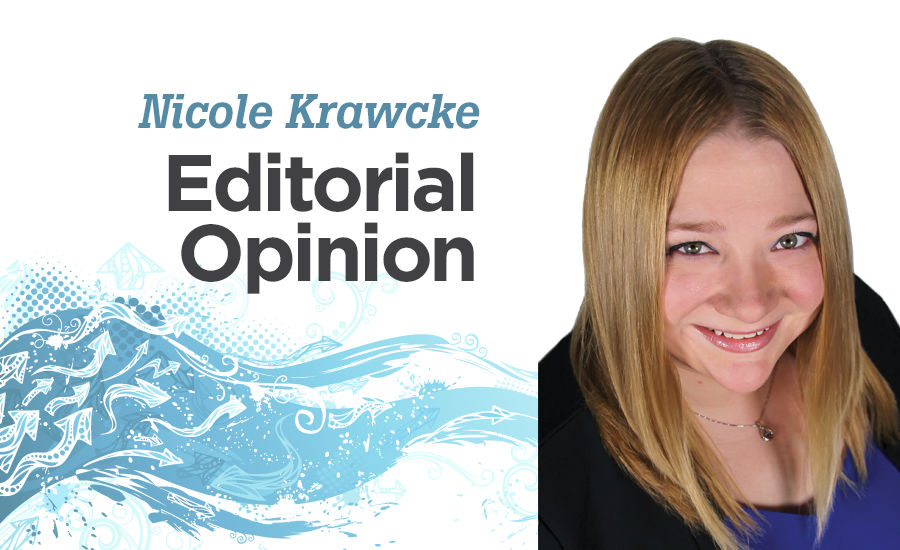Nicole Krawcke: Text me, maybe?
Contractors should embrace text, online chat technologies to enhance service and create new customers.

Technology is amazing. I can pay all of my bills via apps on my smartphone, order food and even get great customer service without ever having to speak aloud to another human being.
If you’ve been reading these columns, you know I’m an avid Amazon shopper. It’s very convenient to be able to order a variety of things and have them arrive on your doorstep two days later. But what if your package doesn’t magically appear?
This happened to me very recently. So I jumped on the online chat tool in my Amazon app. Less than five minutes later, I was issued a refund for the missing item. No call waiting, no having to explain my reason for calling multiple times to multiple people. It was quick and simple to use, and they resolved my issue immediately. I’d call that great customer service.
According to a report by Zendesk, 92% of customers feel most satisfied when using a live chat feature, compared to other options such as voice (88%), email (85%), and even social media messaging (Facebook 84%, Twitter 77%).
Incorporating these technologies into your business could help increase customer satisfaction and revenue. Take a look at George Brazil Plumbing & Electrical, for example. The company decided to employ PowerChats’ artificial intelligence chatbot and significantly increased service call volume and its revenue stream in a matter of months. (Read more about it on Page 34).
Additionally, Online-Access, a Port Huron, Michigan-based web solutions provider for plumbing, HVAC and electrical contractors has been offering online chat for its clients for the past four years, and started offering texting services just this past summer.
“It really hinged on meeting consumers in their comfort zone,” says Mitch Ortenburg, customer service manager, Online-Access. “You’ll have a certain segment of the population that loves speaking to people over the phone and then another segment that won’t. I actually used to work at State Farm, and one of the things that was important to them was segmenting out people and meeting them in their comfort zone by corresponding with people the way that was convenient for them, not just convenient for you.
“It’s really important to remember that communication is a dialogue,” he adds. “It’s a two way street. It’s not just about what you as an individual would like to do; it’s about considering all your potential customers. And, if it would be more convenient for them to get a hold of you via texting or via a chat widget on your website, why would you want to compromise that income just because of your own personal preference?”
Online-Access places a high importance in contractors being able to customize these services, so it offers three types of chat: A pseudo chat with texting, live chat monitored by a third-party service and a chat bot, which is essentially a boiled down version of the website that gives customers basic company information. However, Ortenburg’s favorite is texting because of its versatility and affordability.
“The texting functions in a couple of different capacities, the most obvious one is that it exists as a widget on the web-site,” he explains. “If someone goes to your website, the widget will pop up and they have the ability to put in their name, their cell phone number and initiate a texting conversation with the office. The office receives that on their online dash-board and they respond to it. It’s incredibly intuitive.
“My favorite aspect that people can utilize is it actually has a dynamic mail merge group texting functionality,” he continues. “You actually can upload a spreadsheet of different cell phone numbers and you can use fields like that person’s name, their upcoming appointment date and that time window. You can send out messages in bulk to this entire list and use visual input fields that’ll automatically input that information dynamically per person. So you could actually formula a message such as, ‘Hi [name]. This is just a reminder of your upcoming appointment on [date] at [time]. If for some reason you can’t make it, just call or text us back and let us know.’”
These technologies are not new, and I’ve seen quite a few contractors taking advantage of one or more of these types of communication methods. Don’t be left in the Dark Ages when it comes to customer communication.
Looking for a reprint of this article?
From high-res PDFs to custom plaques, order your copy today!





